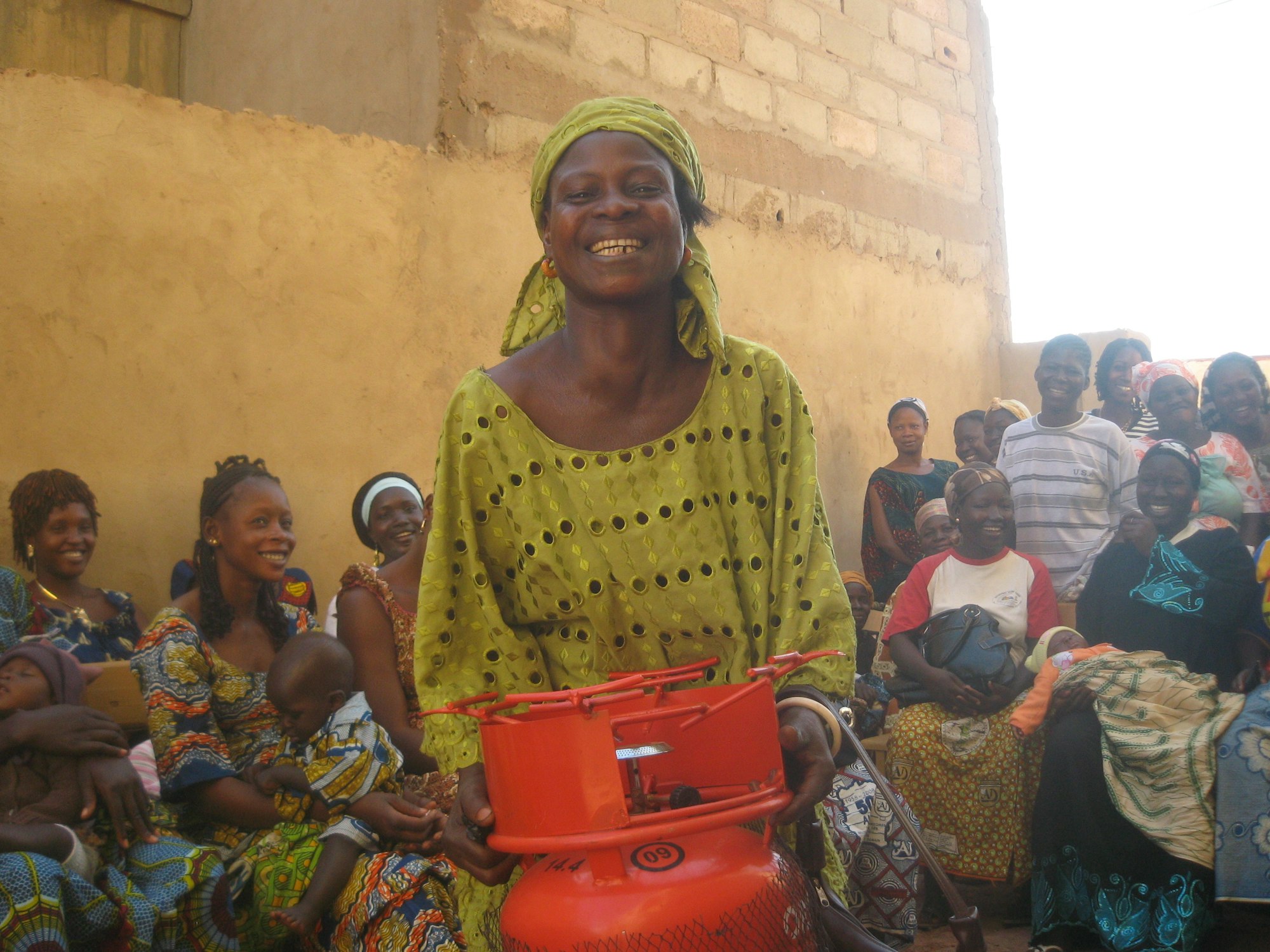LPG cookstoves in Togo with Mivo Energie
Promote the use of more efficient cooking devices in Togo.
Climate impact
Reduction
Solution
Community
Location
Togo
Evaluation
Gold Standard

ABOUT
Learn more about the
project
In Togo, 87% of households in urban and semi-urban areas rely on firewood or charcoal for cooking, leading to greenhouse gas emissions. There, providing clean energy goes way beyond the fight against climate change.
The "MIVO Energie – Enabling LPG access for cooking in Togo" project aims to tackle this by providing more efficient LPG gas cooking kits. The project plans to facilitate access to gas for around 45,500 users between 2019 and 2024 through the development of financial services, subsidies, marketing campaigns, and channel expansions. The project focuses on three areas: developing certified gas cooking equipment and financial services, promoting gas cooking through a network of micro-franchised distributors and awareness campaigns, and enhancing impacts through carbon credit certification.
The benefits include reduced GHG emissions, cleaner environment, job creation, income generation, improved health and safety, and more energy-efficient technology. The project aims to remove barriers to adoption by developing distribution networks and innovative financial services, providing appropriate training, and promoting LPG as a modern, convenient, and reliable source of energy.
Entrepreneurs du Monde
ASSESSMENT
Everything about this project at a glance.
Climate impact
Reduction
How to read this
Our atmosphere is like a bathtub, which we have been filling for decades with greenhouse gasses. Each ton of CO2e in the tub increases the global temperature and affects the climate.
In order to prevent our bathtub from spilling - which would mean reaching a +2°C temperature increase - 3 types of actions exist:
●
Reduction: These projects reduce emissions, closing the tap and slowing down the filling of the tub (e.g. switching to more efficient fuels)
●
Avoidance: These projects preventing future emissions, stopping a new tap from being opened (e.g. protecting forests and peatlands so that they don’t start releasing CO2)
●
Removal: These projects remove and capture greenhouse gasses, emptying the bathtub (e.g. reforestation and direct air capture technology)
Solution
Community
How to read this
Solutions are different ways we can reduce, avoid and remove our emissions. They vary in terms of cost, level of maturity, potential to scale, and other factors. To make comparisons easier, Sweep groups solutions into categories such as Forests, Geoengineering or Buildings. Climate solutions are numerous: to learn more about what can be done, explore our catalog.
Location
Togo
How to read this
Solutions can be deployed in a large range of locations, from a micro-regions to entire sections of a continent. You might want to focus your contributions on specific areas to maximize local socioeconomic impacts or contribute where your activities are based.
Evaluation
Certified • Gold Standard
How to read this
Various international and regional standards rely on established methodologies, dedicated processes and third-party verifications to guarantee that a project delivers on its promises.
●
Certified: Standards, such as Gold Standard or Verra, are listed for maximal transparency
●
Not certified yet: The process to be certified is expensive and cumbersome, and ad-hoc methodologies might not exist for specific projects, preventing them from being certified. Sweep promotes other projects after a necessary due diligence, bringing more projects to a wider audience while also offering opportunities to develop and tailor new projects according to your own needs.
Capacity
50kt
How to read this
Capacity is the projected volume of tCO2e reduced or removed during the crediting period. This indicates the projected net impact of a project after adjusting for potential negative impacts and other externalities. This is key to assessing the current scale of a project and can give a quick estimate of what the considered volumes represent at the project scale.
Capacity does not reflect the available quantity of credits as some of them can already be sold.
Crediting Period
2019 - 2024
How to read this
Certified projects are eligible to generate carbon credits over a certain period of time. This crediting period gives a good estimate of the progress of a project.
●
Older crediting periods means that projects have delivered their promises and that third-party auditors have recognized the climate impact
●
Crediting periods covering coming years may have already been audited for a fraction of the volumes. The rest will be generated along future audits.
Co-benefits
4 SDGs
4 SDGs
SDG 3: Good Health and Well-being
1-3% of users experience either coughing, headaches, or eye irritation since adopting LPG while in the baseline study, 27.4% experiences eye problems, 10.5% experienced respiratory problems, and 5.5% experienced both.
SDG 5: Gender Equality
216 more hours per year and per household of free time available for women and girls, with a 25 153 FCFA revenue increase per year.
SDG 13: Climate Action
38,844 TCO2eq reduced each year
SDG 15: Life On Land
22 460 tonnes of woody biomass saved thanks to the reduction in wood fuel consumption, leading to reduction in deforestation rates.
How to read this
Projects often have positive side effects beyond reducing, removing, or avoiding emissions. For example, projects might reduce waste, protect biodiversity, or support indigenous people. These co-benefits are modelled after the UN Sustainable Development Goals (UN SDGs).
Durability
N/A
How to read this
Durability only applies to to removal solutions. It indicates for how long the carbon will be removed from the atmosphere - the longer this is the more desirable. For example, storing carbon as mineral underground is more durable than in a tree, making it a less risky and longer term solution.
Financial additionality
High
How to read this
Additionality reveals the impact of your financial support. It indicates what percentage of the global project budget is coming from contributions.
●
High additionality means most of the project revenue relies on contributions, and they would likely not be able to happen without this financing.
●
Low additionality projects are less reliant on contributions.
●
Other additionality criteria, such as policy or regulatory additionality, are tackled through certifications and not assessed here
Barriers
Medium
The total project barrier score is available when all types of barrier are provided. It is a composite score based on the 5 barriers assessed.
Technical
Financial
Social
Political
Economical
One of the impacts of the project is the economic barrier since users have to pay a higher cost at the moment of the purchase. MIVO Energie intend to address this barrier by subsidising part of the price of the kit or by allowing beneficiaries to pay on credit through our partner microfinance institute and by raising awareness about the financial savings possible through the use of LPG. The project also faces social and economic barriers due to a poorly established distribution network and unaccompanied producers that do not allow for quality products. This is why the project has focused on setting up a network of retailers spread throughout the country and supported by the teams. The same applies to local producers who are accompanied and monitored to ensure quality and production capacity. There is also a cultural barrier to the adoption of LPG. The population is 1) afraid of the dangers and 2) used to using wood/charcoal to prepare certain dishes. Therefore, one of the main activities of the project is awareness raising on the following aspects: use and safety measures of LPG, financial savings, positive impacts on health, time saved and the environment. Financially, the income from carbon finance represents more than 80% of the total income of the project. Without this income, the activity could not take place. "
How to read this
Barriers are the different hurdles a project might need to overcome. Barriers can give you a sense for the challenges a project faces, but also how it can add deeper value and create change. We differentiate five types of barriers: economic, social, institutional, technical and financial.
Create your portfolio to get started
Our carbon team will help you tailor your portfolio based on your preferences.
Track, report and act
Sweep helps you get your carbon on-track
Sign up to The Cleanup, our monthly climate newsletter

© Sweep 2023